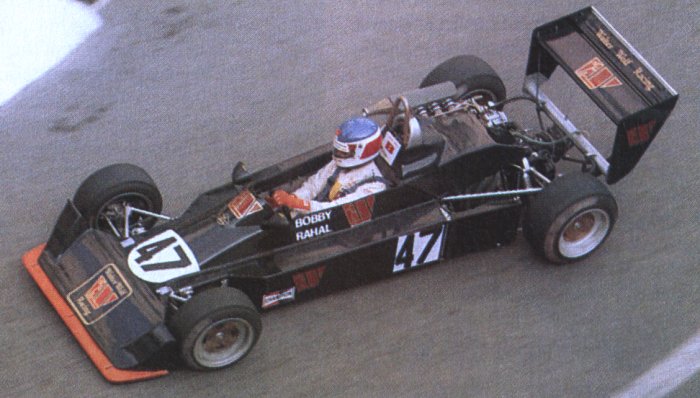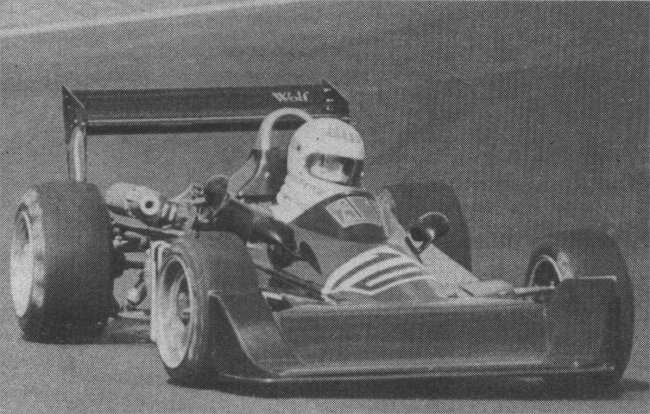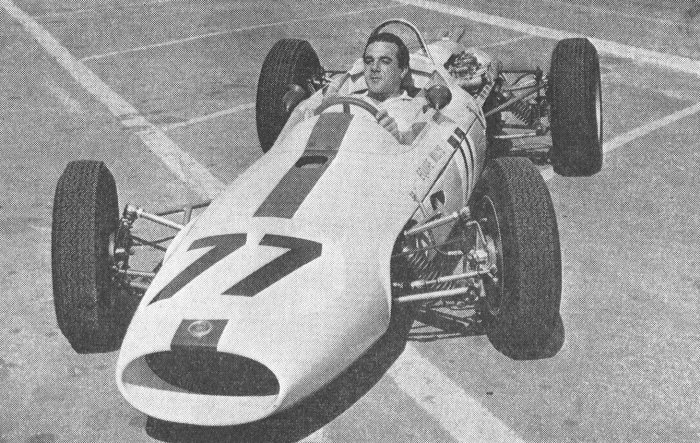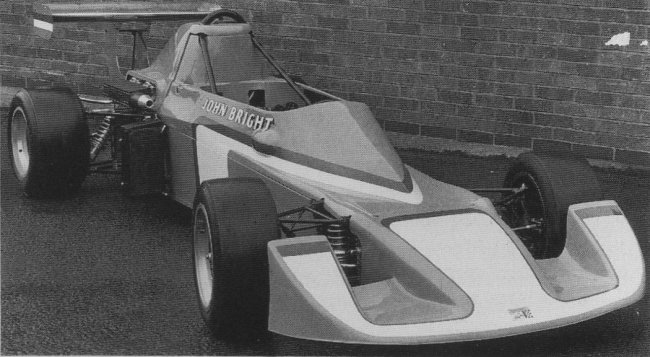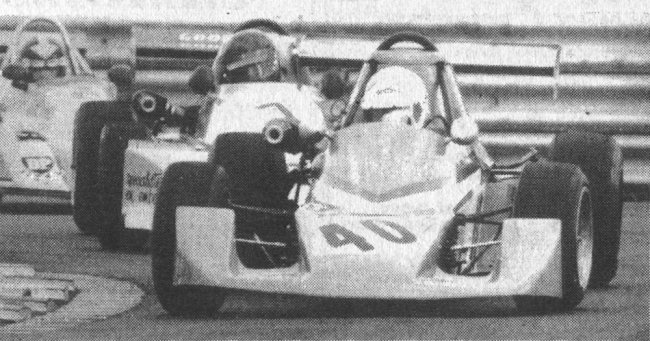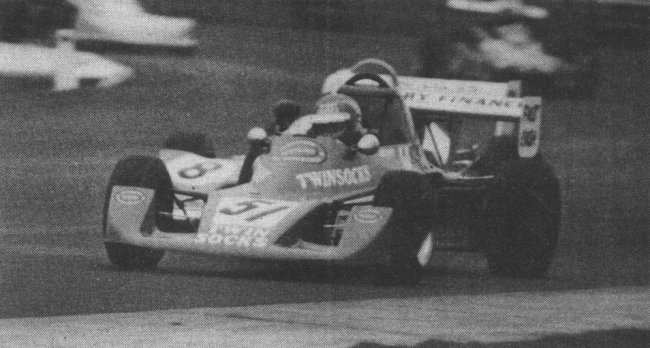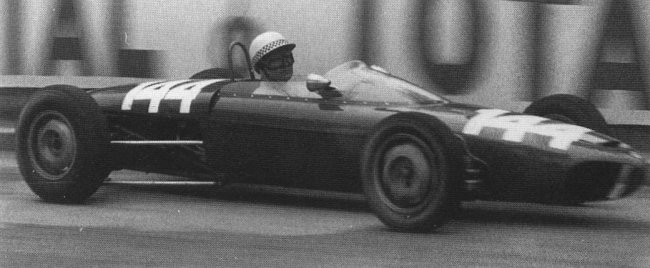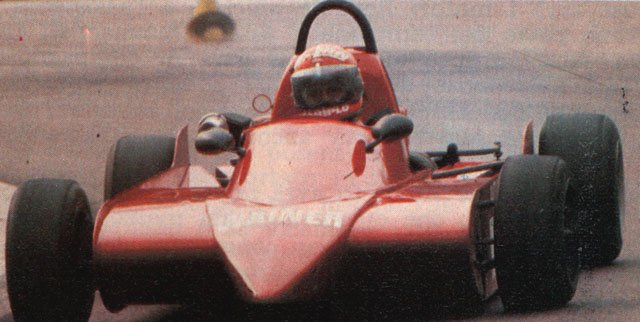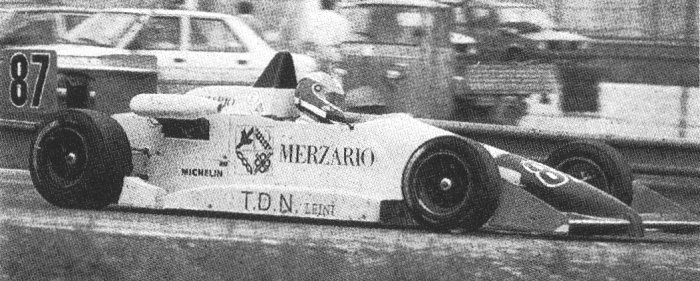Wolf
The name Wolf is more usually linked with the team that enjoyed a short sojourn in F1 in the second half of the ’70s but a Wolf also appeared in F3 briefly as well. In 1975 Canadian Walter Wolf became involved with the then unsuccessful Williams team, he bought up the remains of the failed Hesketh team and in 1976 the Williams cars were often called Wolf-Williams. Wolf bought up 60 per cent of the Williams team and soon after Frank Williams left the team leaving Wolf in charge. In 1977 he set up a new team, bought in Harvey Postlethwaite to design the WR1 and Jody Scheckter to drive it, the result, a win first time out and two more victories during the season. This competitiveness was not continued, the ground effect Wolfs (Wolves?) WR5 and WR7 were not very effective devices and results in ’78 and ’79 despite having Scheckter, Hunt and Rosberg were poor and at the end of ’79 Wolf withdrew from F1.
1978
Giampaolo Dallara designed the WD1 of which three were built, two for Walter Wolf Racing and one for an Italian privateer. The monocoque proved to be too flexible and it was stiffened during the course of the season. Suspension was conventional and a Toyota Novamotor was fitted, apparently a Hewland FT200 gearbox was used which, if correct, is odd as this is the F2 spec ‘box, the Hewland Mk9 5-speed is the normal unit. Although it is true that in the mid-eighties using a FT200 in F3 was a recognized “tweak” adopted by some teams so perhaps Wolf were just ahead of the times.
The car was generally outclassed by the more established marques, Chevron, March, Ralt etc. but there were occasions when it showed potential especially as it was sorted. Rahal managed 3rds at the Nurburgring and Österreichring and 4th in a heat at Monaco.
1979
For 1979 one Wolf went to Italy and became a Emiliani (see Emiliani entry for details.)
Drivers
1978 Roberto Farneti, Horst Fritz, Miguel Angel Guerra, Anders Olofsson, Bobby Rahal.
1979 Guido Pardini.


